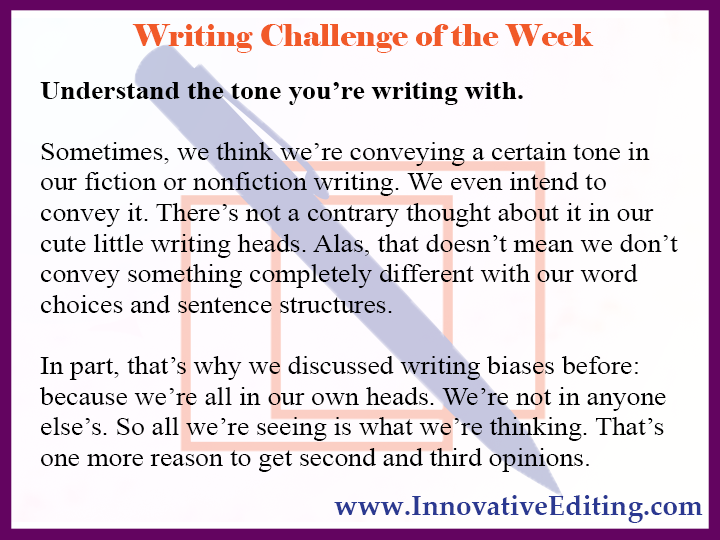Flash Fiction: The Creative Writing Craze Worth Checking Out
- Jeannette DiLouie
- Dec 12, 2018
- 3 min read

Editor’s Note: When it comes to creative fiction, I’ll admit I’m an unyielding creature of habit. I write novels, and that’s it. It’s what I love and what I’ll probably be doing ‘til the day I die.
But that doesn’t mean there isn’t more to the creative fiction world that isn’t well worth exploring. If you’re not a ridiculously stubborn, single-minded, unyielding, creative writing creature of habit, you really need to try out flash fiction.
I’ll let the much more intrepid Laura L. Zimmerman tell you why…
Flash fiction is a fun way of exercising your writing skills with the added benefit of completing a story in one sitting. But what exactly is it? Here are a few guidelines to help you get started.
(But be careful. Flash fiction is highly addictive!)
1. Think Short.
There are mixed reviews on word count. Some suggest a flash fiction story must be less than 2,000 words, while others claim no more than 1,000. I’ve found the average flash fiction writer agrees it should be less than 500, but some enjoy the challenge of staying under 100 words.
Of course, there are some that choose to test their writing skills by crafting a story in less than 50 or even 10 words! (Sometimes called microfiction.) If you’re writing for fun, the parameters can be vague. However, if it’s for a contest or website, you’ll have better word-count guidelines.
Whatever word count you choose, stick with it. Challenge yourself to stay within that count, and do your best not to go one word over. It will make you a better writer (and a better editor) as you search for that single word that can convey mood and character, and can still move the plot forward.
You won’t have room for a ton of world-building or description. Think of ways to insert these things through dialogue.
2. Think Fiction.
The beauty of flash fiction is that it can be within the confines of any fictional genre – fantasy, sci-fi, romance, horror, etc. I just submitted a flash fiction story for an anthology about cats. Literally, the story just had to be about cats. Naturally, it turned into a fantasy about a cat superhero. (Because, why not?)
When submitting a story to a contest or website, you might have a specific category to write within, or they may suggest a theme. Themes help narrow the brainstorming process, so some prefer only to write with those prompts.
Otherwise, you can write about whatever you want. Choose a topic in the same way you would when creating your full-length stories. Just think of a single situation that can be resolved in fewer words.
3. Think Structured.
The story must have the same structure as any other story. No matter how few words, there is always a beginning, middle and end. Don’t forget to hook that reader from the first sentence, and definitely add a twist at the end of the story. Show as much as you can. The main character should have changed or learned something over his short journey.
Apply all the same rules to your flash fiction as you would to your other writing. This is exactly the same, just much shorter.
Now you know the basics of writing a good flash fiction story. Are you ready to begin?
Don’t be shy, and don’t be scared off by that word count! Take the challenge and see what stories you can create in just a few words. And who knows? Maybe you’ll discover a new way of writing that will take your career down paths you hadn’t expected!
Laura L. Zimmerman lives in Charlotte, NC, with her daughters and husband. Besides writing YA fantasy & sci-fi, she is passionate about loving Jesus, singing loudly, drinking coffee, and pretending to do yoga.
She is thrilled to have had her flash fiction published in Splickety Magazine, as well as the Paws, Claws and Magic Tales anthology. Laura recently won second place in the Serious Writer Blue Seal Awards. In September, she signed with L2L2 Publishing for her novel, KEEN, due out in 2019.
Connect with her on her blog Caffeinated Fiction, Instagram @lauralzimmauthor, Twitter @lauralzimm, and on Facebook.




